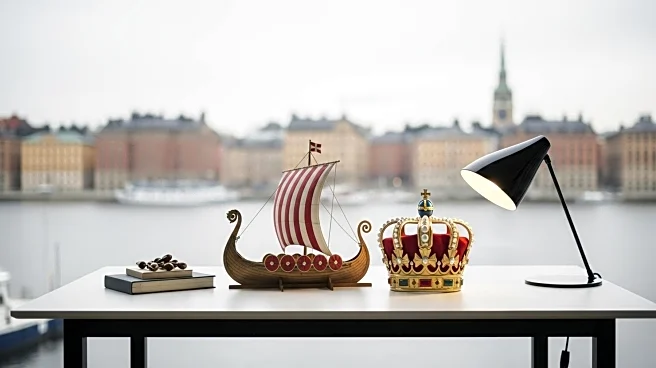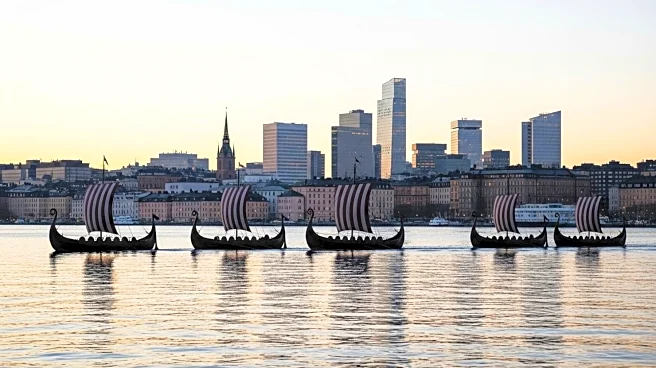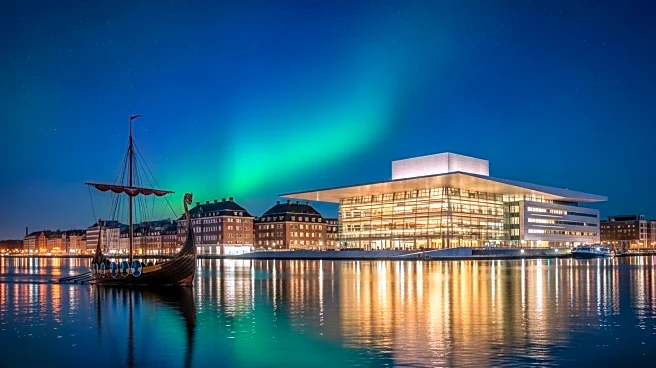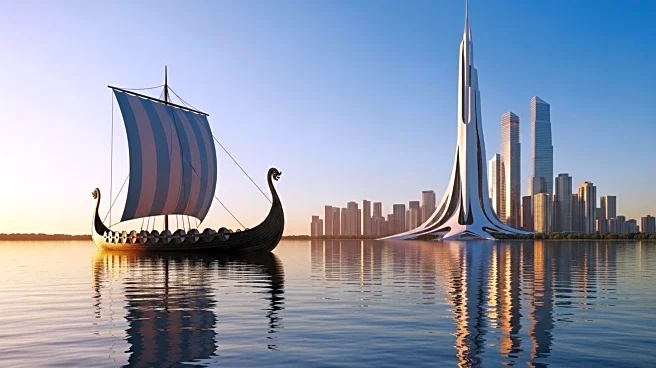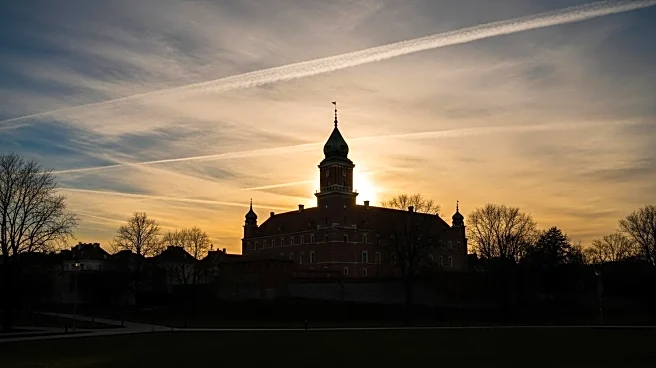Stockholm's journey from its historical roots to a modern metropolis is a fascinating tale of growth and transformation. As the capital of Sweden, Stockholm has evolved over centuries, adapting to changing political, economic, and cultural landscapes.
Origins
Stockholm's origins can be traced back to its strategic location on fourteen islands, where Lake Mälaren flows into the Baltic Sea. This unique geographical setting laid the foundation for its development as a center for trade and governance.
Key Phases
Throughout its history, Stockholm has undergone several key phases of development. The establishment of the Swedish government and its agencies in the city marked a significant turning point, solidifying Stockholm's role as the political heart of the country.
Turning Points
One of the major turning points in Stockholm's history was its emergence as a global city and economic powerhouse. The city's focus on attracting corporate headquarters and fostering educational institutions has been pivotal in its growth.
Present Status in Source
Today, Stockholm stands as the largest urban area in the Nordic countries, with a population of over 2.5 million in the metropolitan area. Its status as a cultural, media, political, and economic center continues to shape its identity and influence.
 Discover Daily • 7 min read
Discover Daily • 7 min read 
